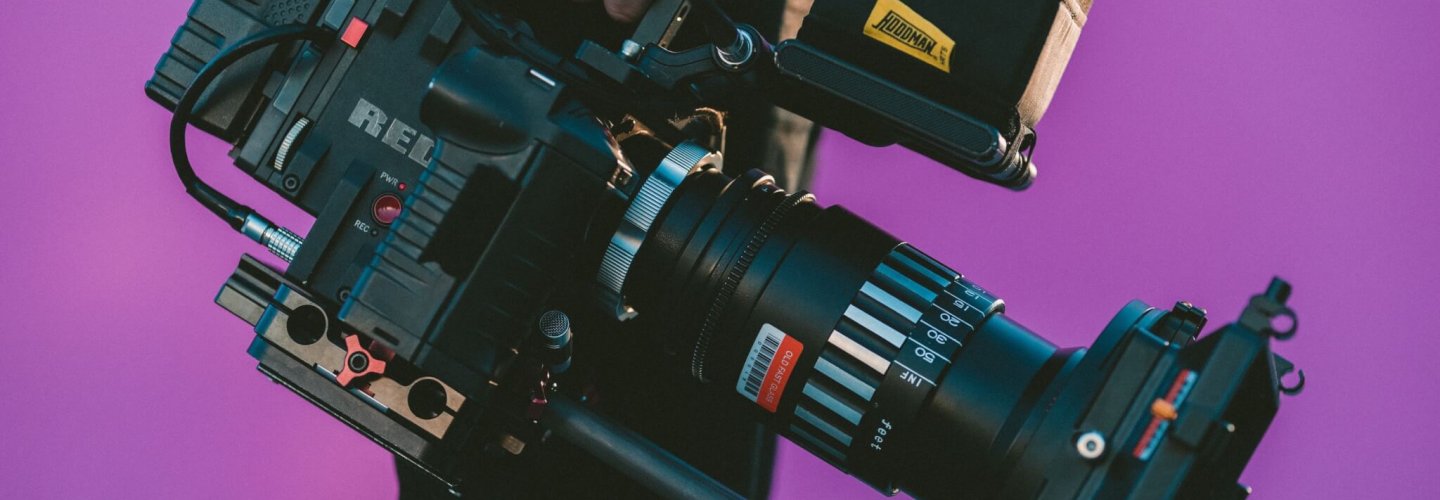Directors, alongside their music supervisors, work hard to find the perfect song to compliment a scene and provoke the desired reaction. Overtime, directors have incorporated music in a variety of creative ways. Including diegetic sound via the use of records, Walkmans, CDs and iPods on screen. Here we are going to go through some of the most iconic syncs in film.
Music supervisor Mary Ramos, who regularly collaborates with Quentin Tarantino, states that what makes Tarantino stand out is “his bold use of music”. Irony is a key feature of his style and choice of music. Irony can make us feel less frightened and even put a comical twist on dark subject matter. As well as, giving an insight into the character’s frame of mind.
A prime example would be the use of Stealers Wheels’ “Stuck in the Middle With You” (warning: graphic content) in Reservoir Dogs. Mr Blonde searches through the radio and chooses this song to accompany his victims torture. It is unusual to choose such a bright song to cut someone’s ear off to. Therefore, Tarantino is using the music to represent the characters mental state.
Another fantastic example of irony and an all round incredible soundtrack is in the first installment of Guardians of the Galaxy. Redbone’s “Come and Get Your Love” over the opening credits scene sets the tone of the film beautifully. As a result, the audience is in a great mood from the very start. Star Lord is captured dancing joyously around a dark cave on an alien planet, an excellent juxtaposition. Another great musical opening is “Be My Baby” at the beginning of Mean Streets, directed by Martin Scorsese.
Much like Tarantino, Wes Anderson has never been afraid to use bold music that synchronises ingeniously with the acting. For example, in The Royal Tenenbaums, Richie Tenenbaums’ attempted suicide is accompanied by “Needle in the Hay” by Elliott Smith. The song creates the dark, melancholic atmosphere necessary to represent the sensitive nature of the scene. Watching this film in present day, the song adds another layer of emotion as Elliott Smith took his own life two years later.
Consistency Throughout a Film
Sometimes a director can decide to use the same songwriter throughout a film. An example of this is Simon & Garfunkel’s soundtrack to the 1967 classic “The Graduate”. Thoughtful lyricism can be heard throughout, especially in the recurring track “The Sound of Silence”. Paul Simon had read the Charles Webb novella before writing the songs. He had picked up on the lack of clear communication between characters and regular use of “what” in the dialogue. His answer to this was “The Sound of Silence.” A song that perfectly encompasses the lack of communication and understanding between Benjamin Braddock and those around him.
Likewise, a more recent example of this type of soundtrack would be the film “Submarine”. Directed by Richard Ayoade and music by Alex Turner of the Arctic Monkeys. In an interview, Alex Turner stated that Ayoade wanted the soundtrack to be like The Graduate, with a consistent voice throughout.
A New Kind of Musical?
2017’s “Baby Driver” took music synchronisation to a new level. The high quantity of songs used was cleverly explained by “Baby” having tinnitus and listening to his iPod throughout. Thus, giving the director and supervisor an excuse to go all out. The result is a fantastic, diverse soundtrack that is meticulously aligned with the on-screen action.
Overall, it is safe to say that music has an huge effect on the audiences emotive reception to a film. The perfect synchronisation could create a moment that sticks in their memory forever. On top of this, a sync placement in film can be a very lucrative source of income for a songwriter and an excellent chance for mass exposure.
Check out our favourite syncs from film in our playlist below.
What’s your favourite use of music in a film? Let us know in the comment section below.

